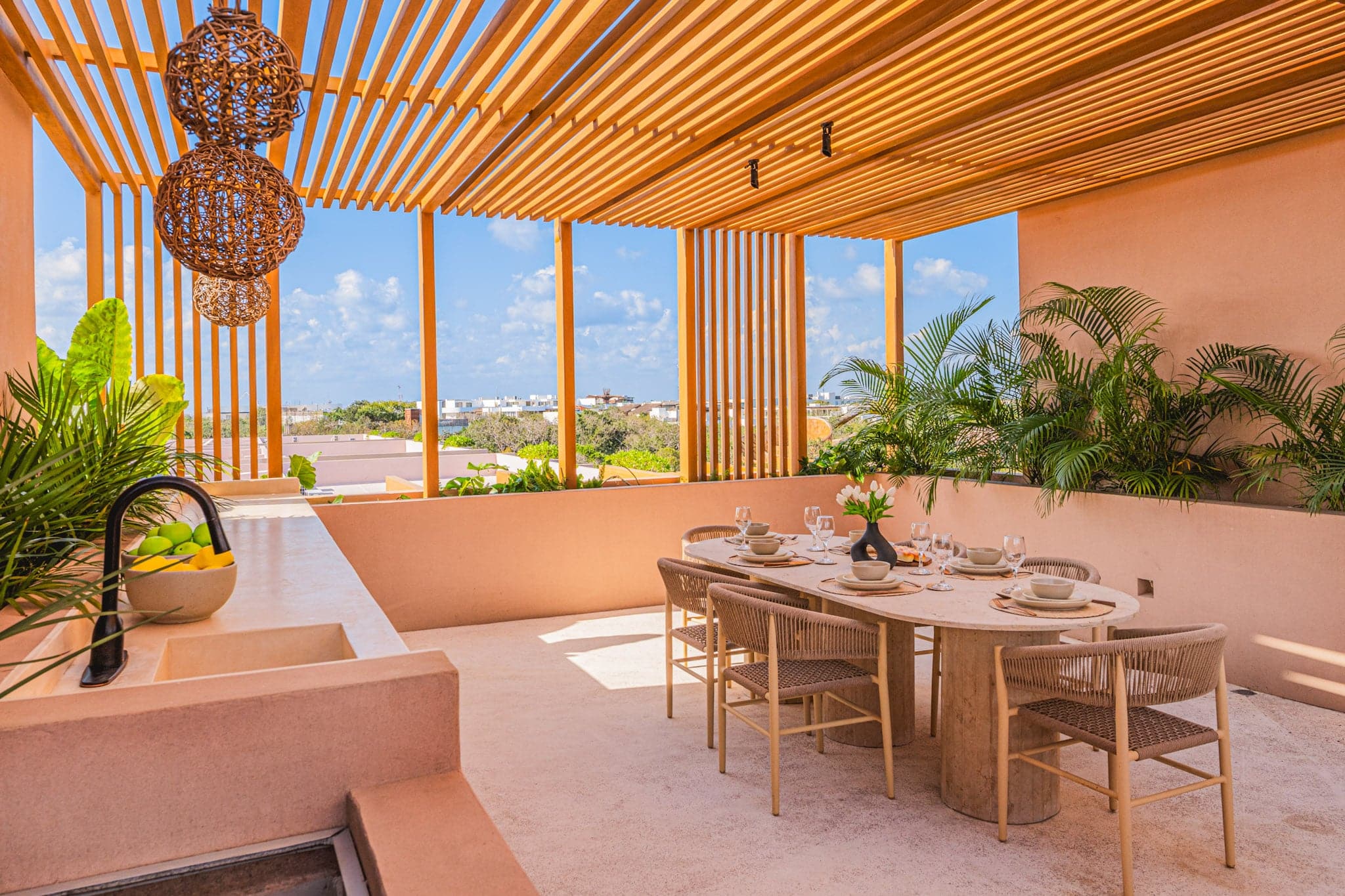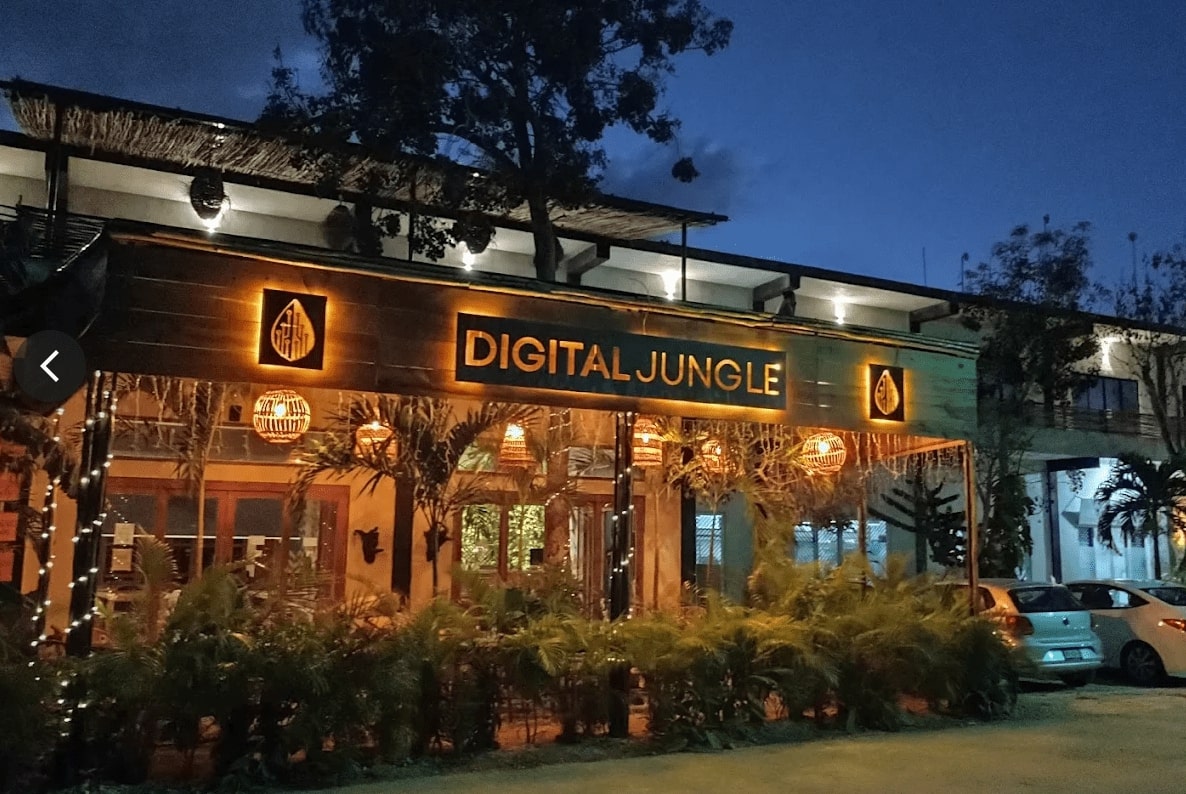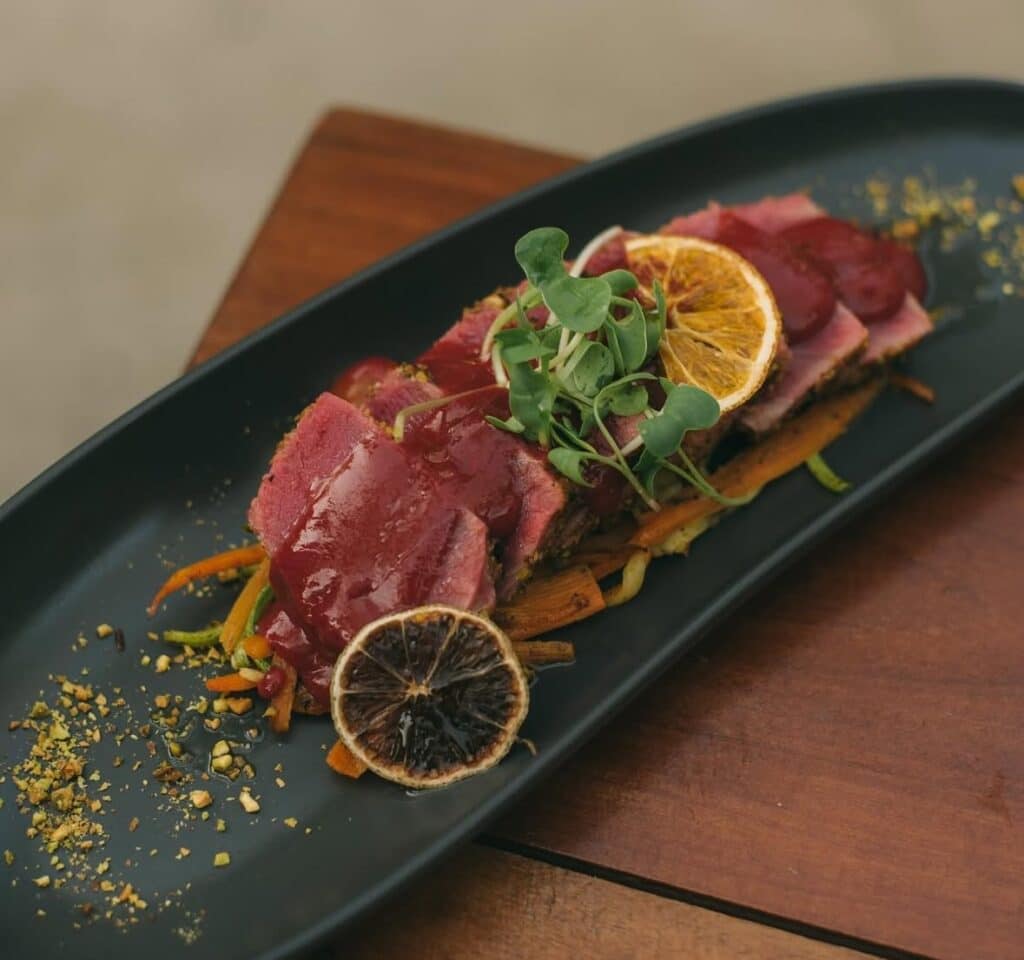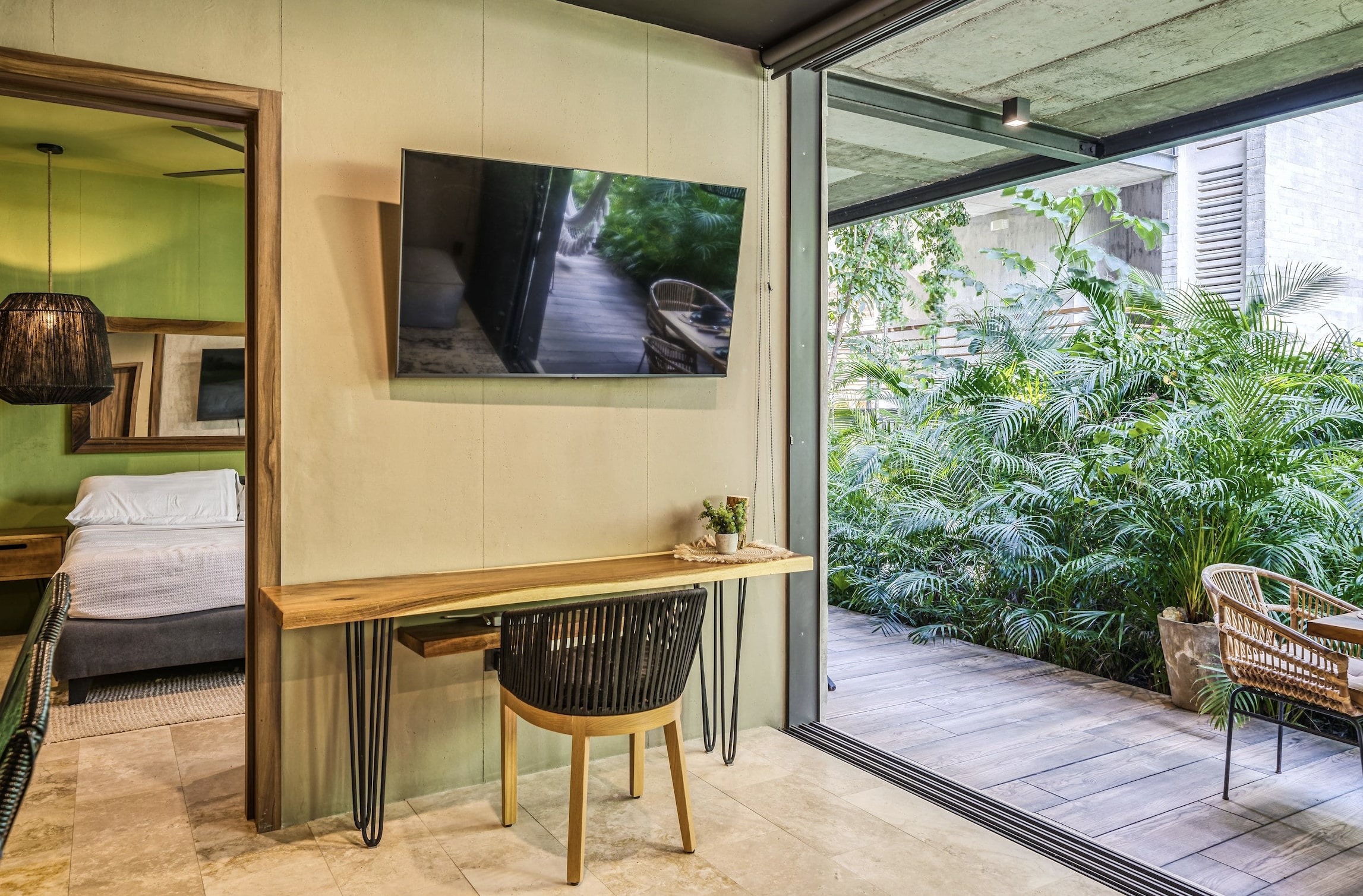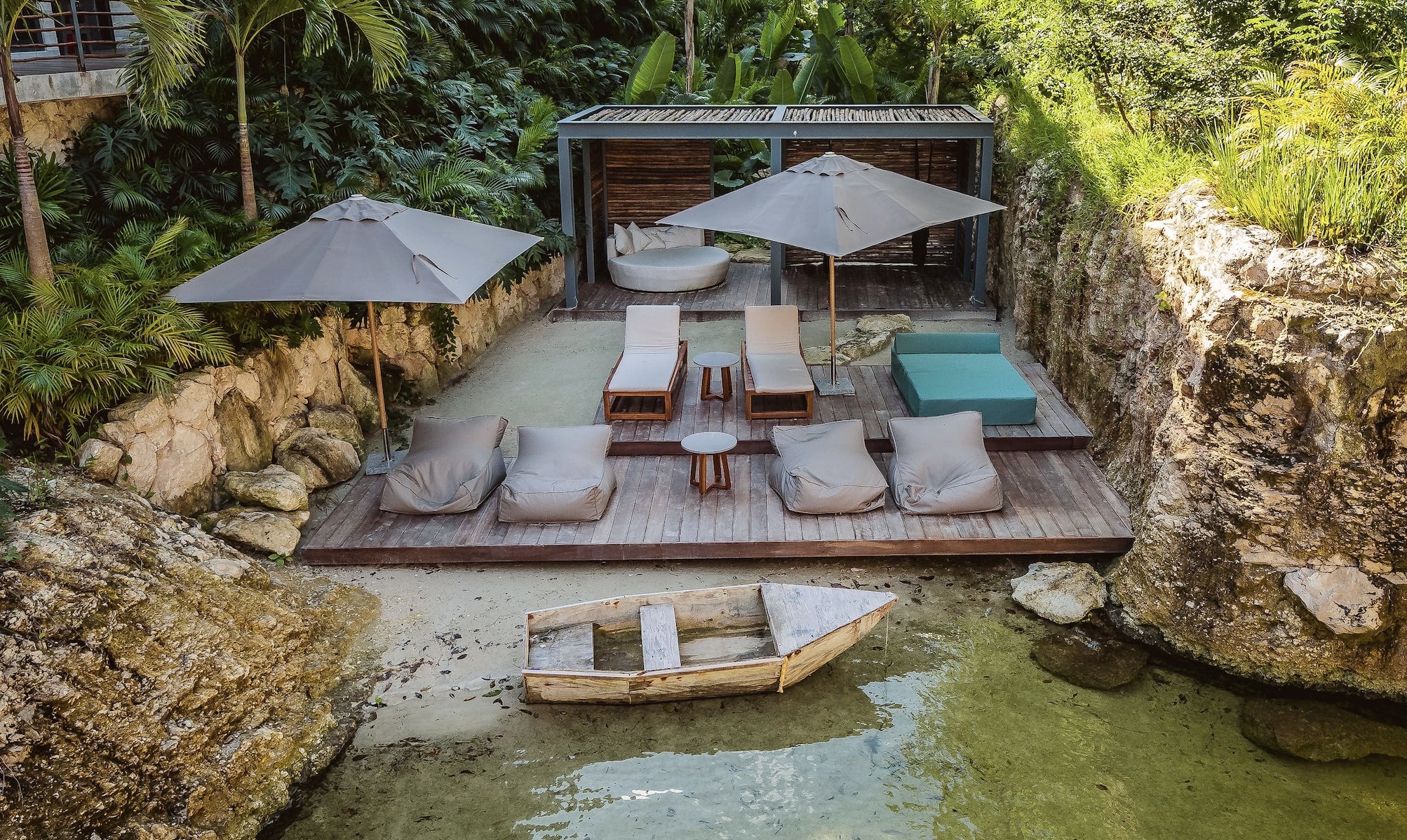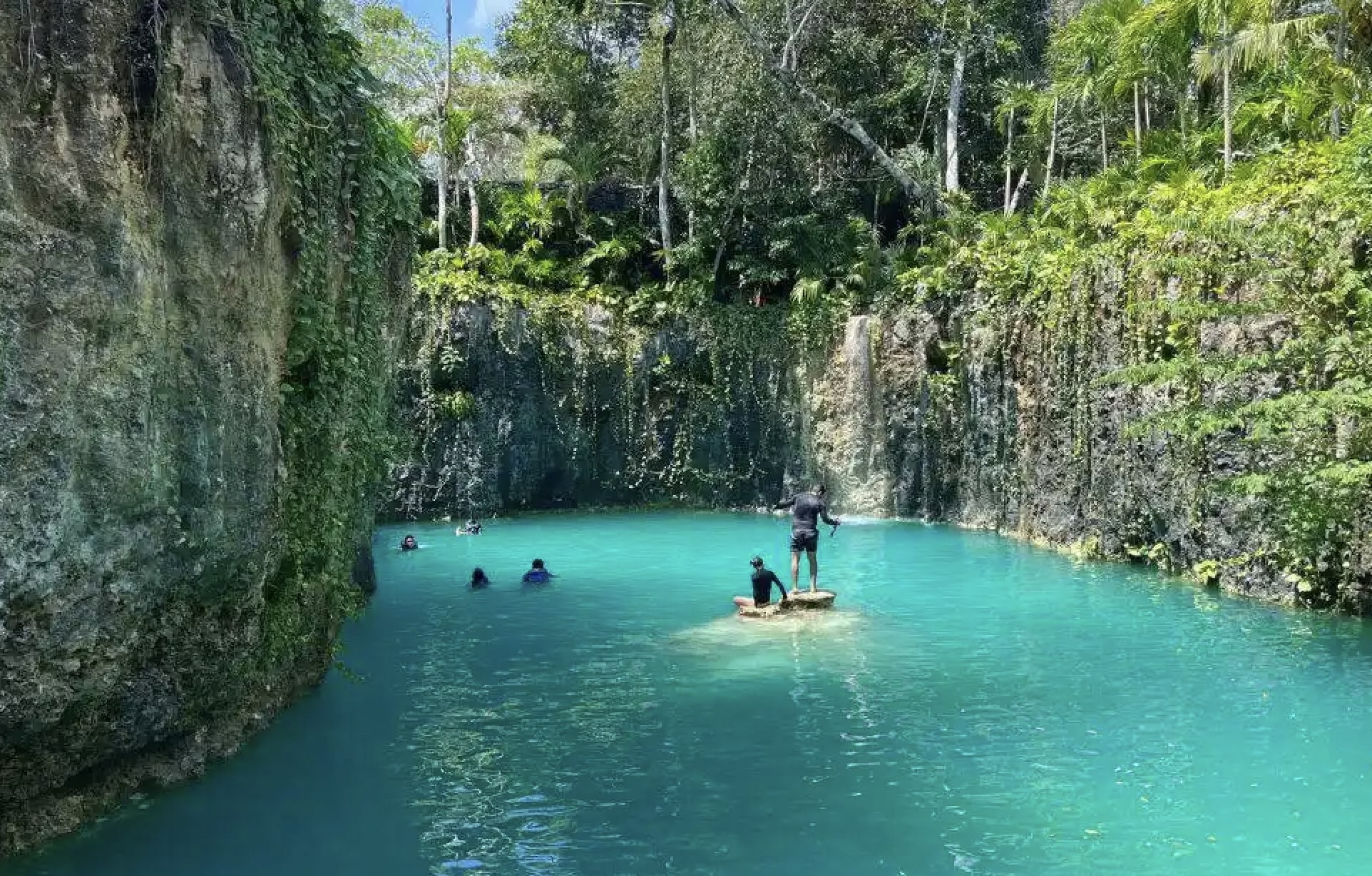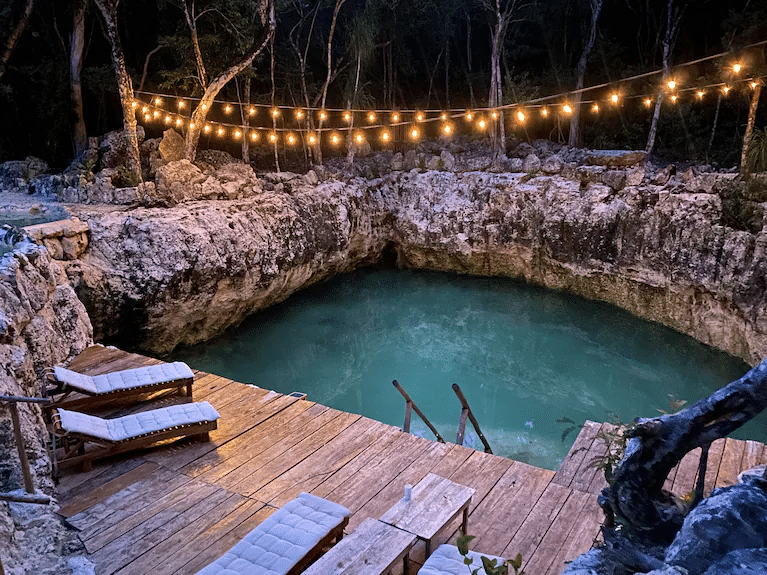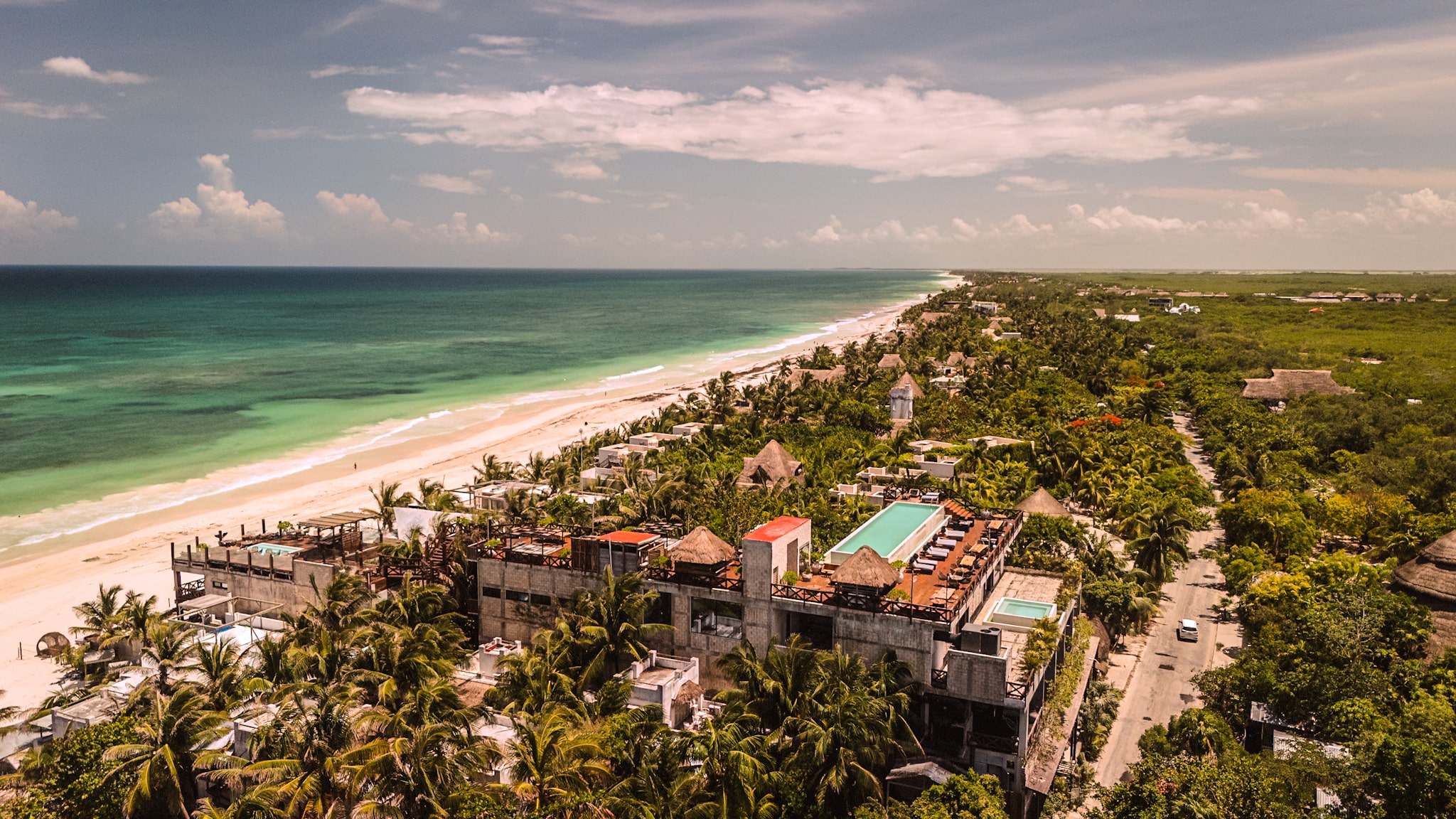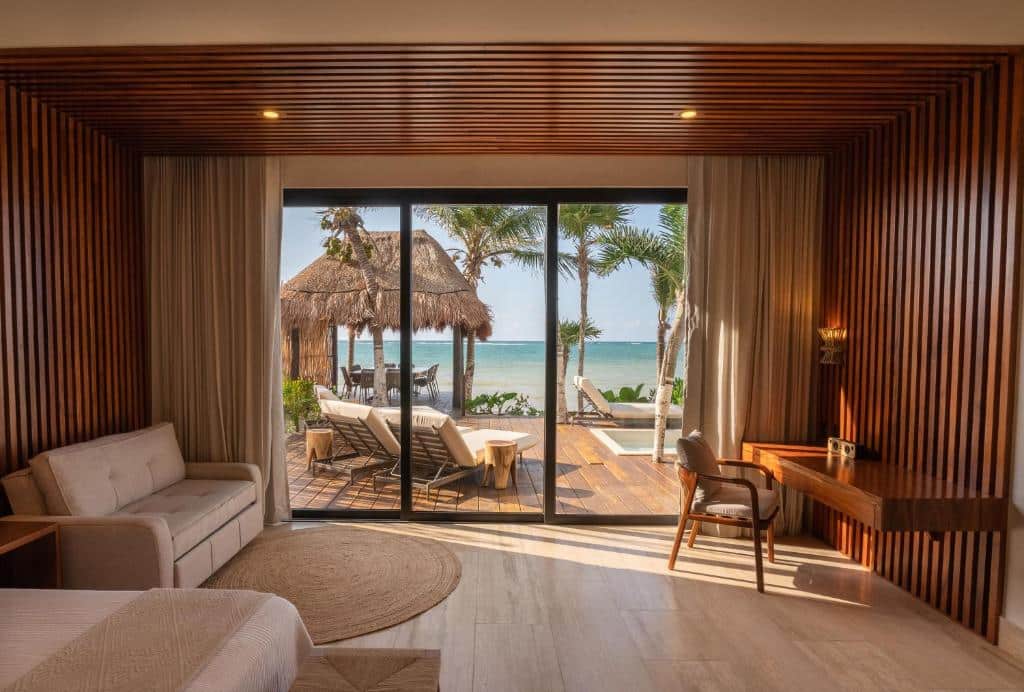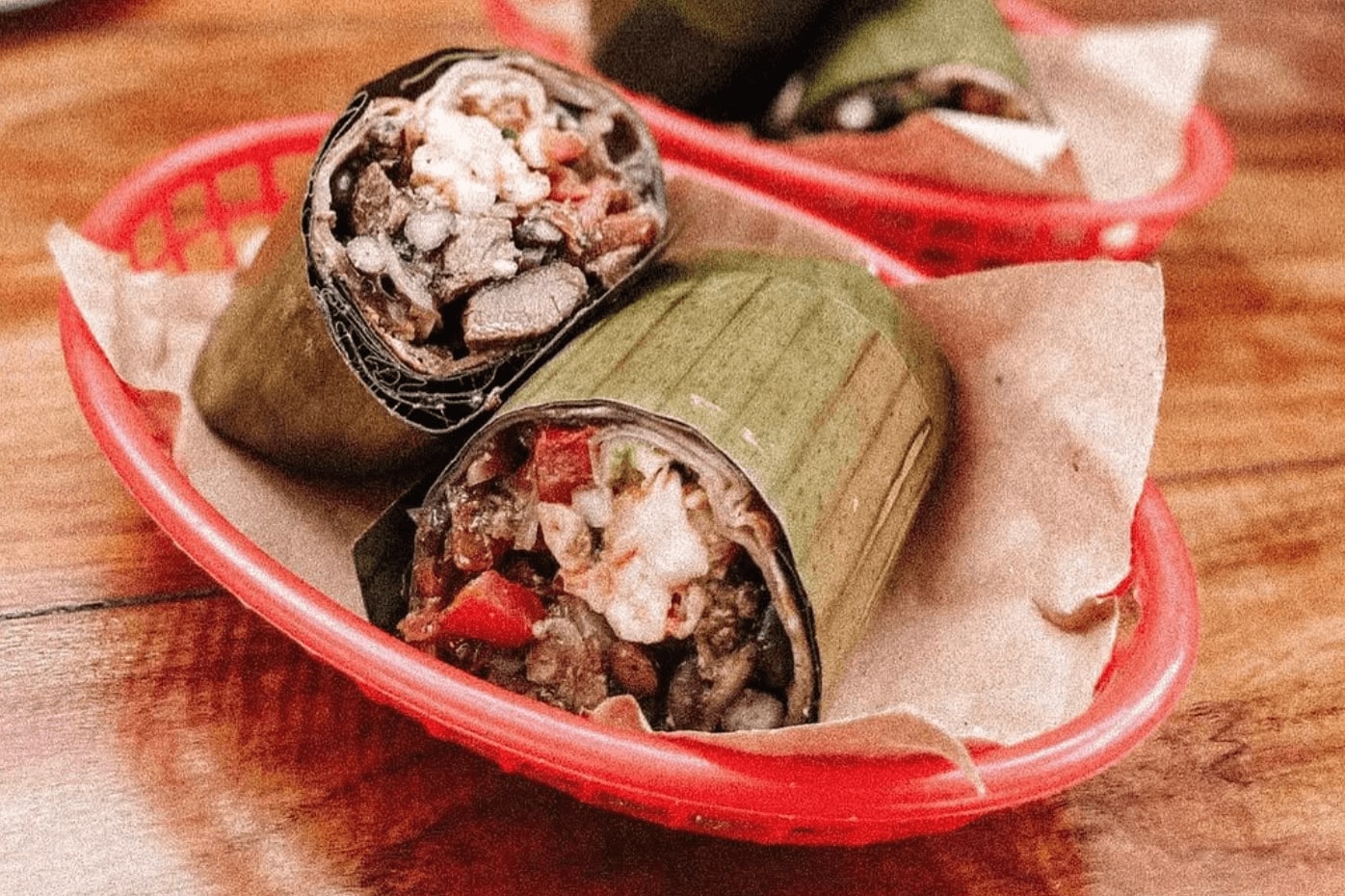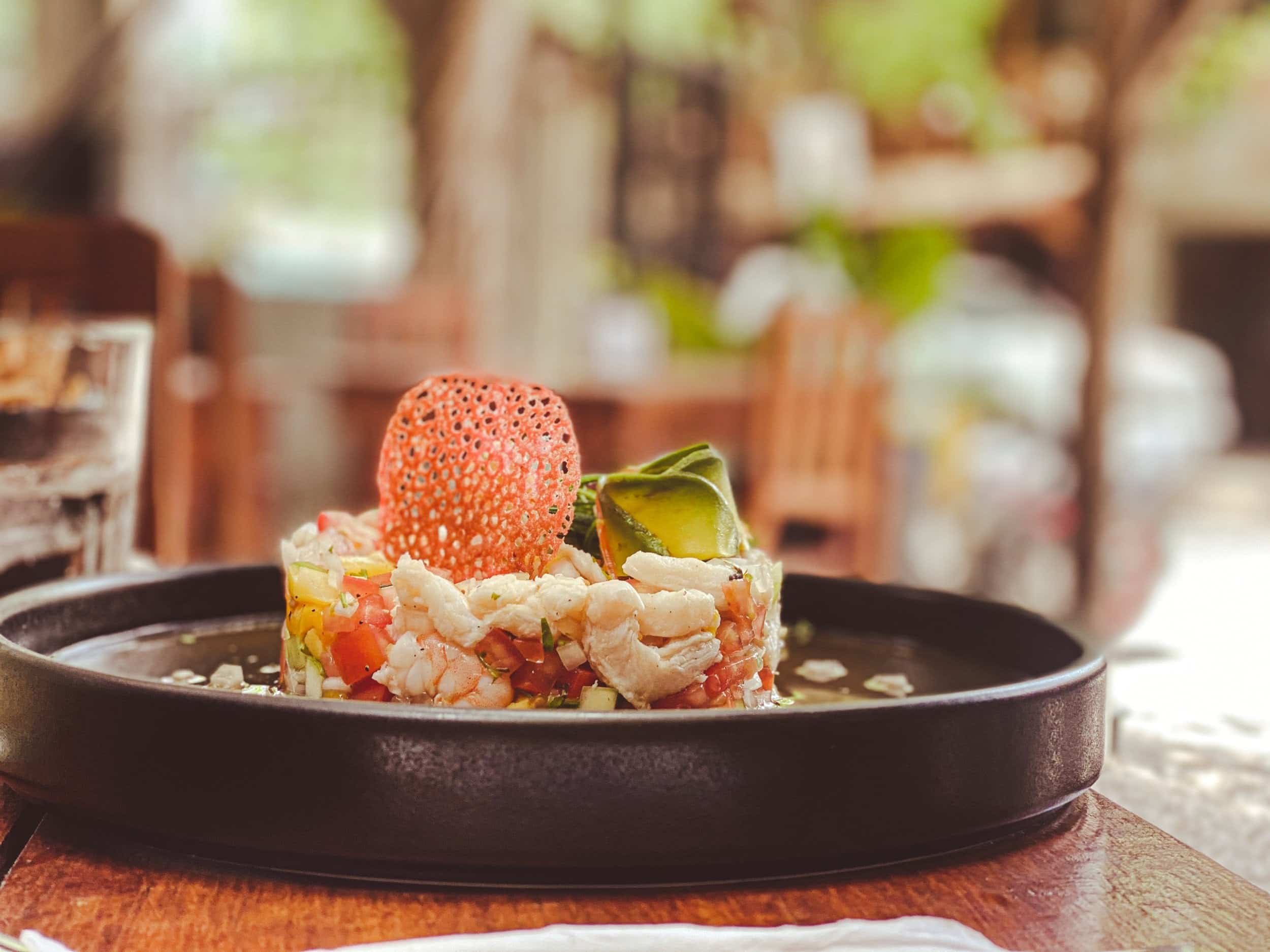Tulum is more than a destination — it’s a lifestyle. Its bohemian-chic aesthetic, lush jungle surroundings, and minimalist architecture have made it one of the most coveted spots on the Riviera Maya, attracting travelers seeking beauty, authenticity, and comfort in every stay. If you’re planning to rent out your property as an Airbnb in Tulum, investing in the right interior design is not just a creative endeavor — it’s a strategic business move.
At Vacation in Tulum, we specialize in transforming vacation homes into unforgettable spaces that not only reflect Tulum’s spirit but also stand out on booking platforms. We are proud to have become Airbnb in the span of 6 months and having maintained this status since 4 years now. In this guide, we’ll walk you through essential interior design tips tailored to the Tulum market — and show you how we can help bring your vision to life.
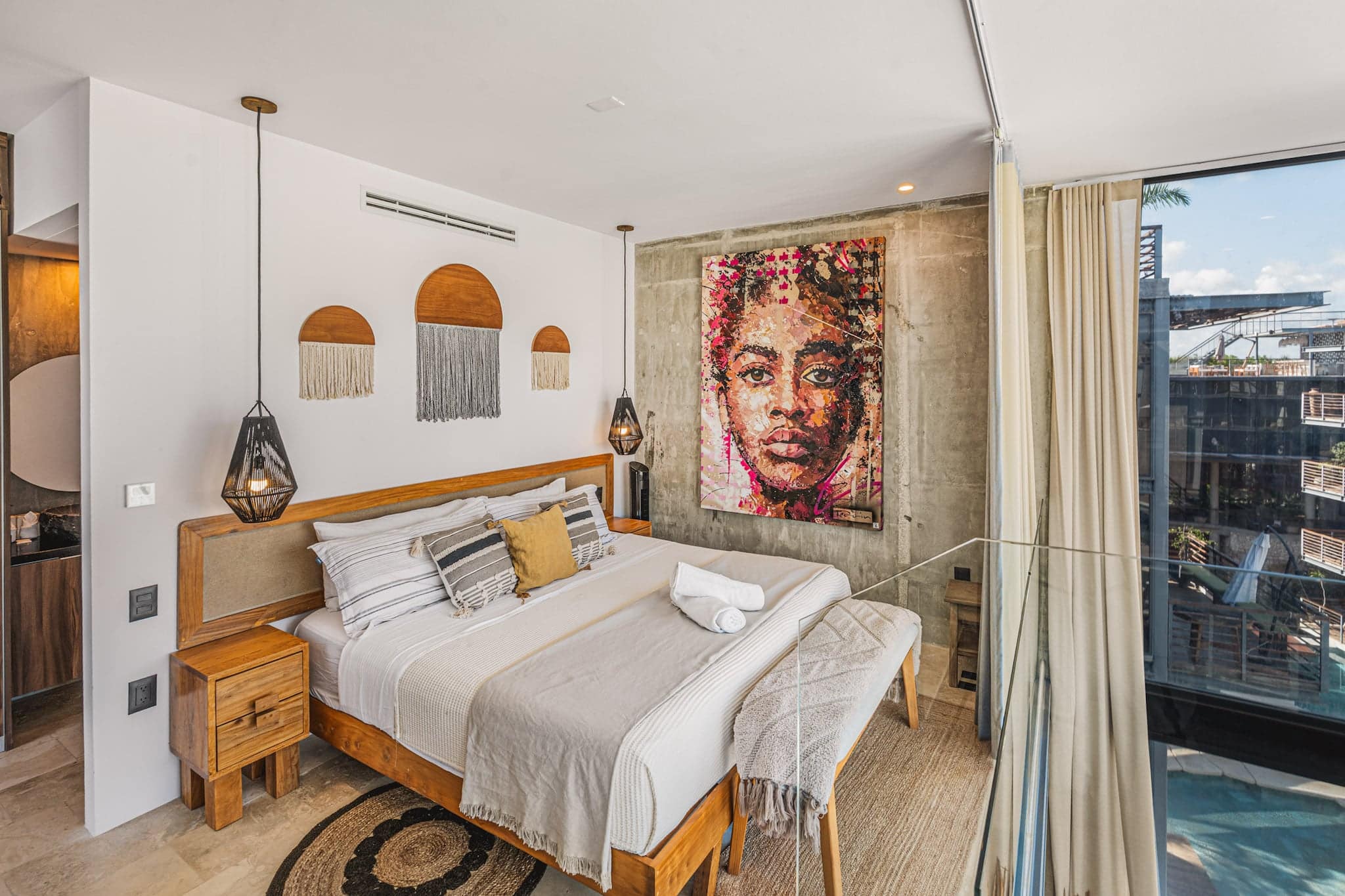
Why Design Matters in Tulum
Tulum’s guests are discerning. They’re not just booking a place to sleep — they’re booking an experience. With thousands of listings competing for attention, the properties that thrive are the ones that visually inspire and feel like home.
Here’s what top-performing Airbnbs in Tulum have in common:
- Curated aesthetics aligned with the Tulum vibe
- Functional spaces for relaxation, remote work, and entertaining
- Instagram-worthy corners that invite photos
- Consistency between photography and real-life ambiance
- Quality furnishings that elevate comfort
A well-decorated Airbnb isn’t just beautiful — it drives higher nightly rates, more bookings, and better guest reviews. Now, let’s break down how to get there.
1. Embrace Tulum’s Signature Aesthetic
Tulum’s signature look is equal parts earthy, elegant, and effortless. Think:
- Raw textures: polished concrete, wood, natural stone
- Organic tones: sandy beiges, clay reds, olive greens
- Handmade details: woven lamps, ceramic pieces, linen fabrics
- Indoor-outdoor flow: open layouts, sliding doors, leafy patios
- When decorating, lean into local inspiration. Collaborate with artisans or choose furniture made from natural materials like parota wood or jute. Avoid anything overly shiny, synthetic, or flashy — subtlety is sophistication in Tulum.
Pro Tip: Don’t over-theme your space with cliché “tropical” decor. Guests appreciate a refined, authentic take on Tulum style.
2. Design for Function — Not Just Form
Beauty matters, but so does practicality. Your Airbnb should work for every type of guest: couples, remote workers, families, and friends.
- Add a workspace with a desk and strong lighting — digital nomads are a huge market in Tulum.
- Ensure good seating — indoor and outdoor sofas, loungers, and dining chairs should be comfortable.
- Include storage — open shelving, hooks, and closets for extended stays.
- Design bedrooms for privacy — blackout curtains, soft bedding, and calm lighting are essential.
At Vacation in Tulum, we also prioritize low-maintenance beauty. We select textiles and furnishings that are resistant to humidity, sand, and wear-and-tear — key in a coastal rental market.
3. Make the Most of Lighting
In Tulum, lighting is ambiance. Create mood with layered lighting:
- Warm LEDs for ceiling lights
- Lamps with woven shades for soft, diffused glow
- Outdoor solar lanterns or candles for terrace magic
- Hidden LED strips behind mirrors or under beds for a modern touch
Also, remember to maximize natural light. Sheer curtains can maintain privacy without blocking sunlight.
4. Art & Accents: Tell a Story
Art is what personalizes a space. In Tulum, art should feel rooted in nature and local culture.
- Hang handcrafted textiles or macramé wall hangings
- Choose photography or paintings by Riviera Maya artists
- Add books and objects that reflect Mayan heritage, ecology, or design
Accent your home with story-driven elements: a sculpture picked up in Mérida, a vintage mirror from a Yucatán market, or ceramic dishes made in Oaxaca. These create emotional connection — and great guest reviews.
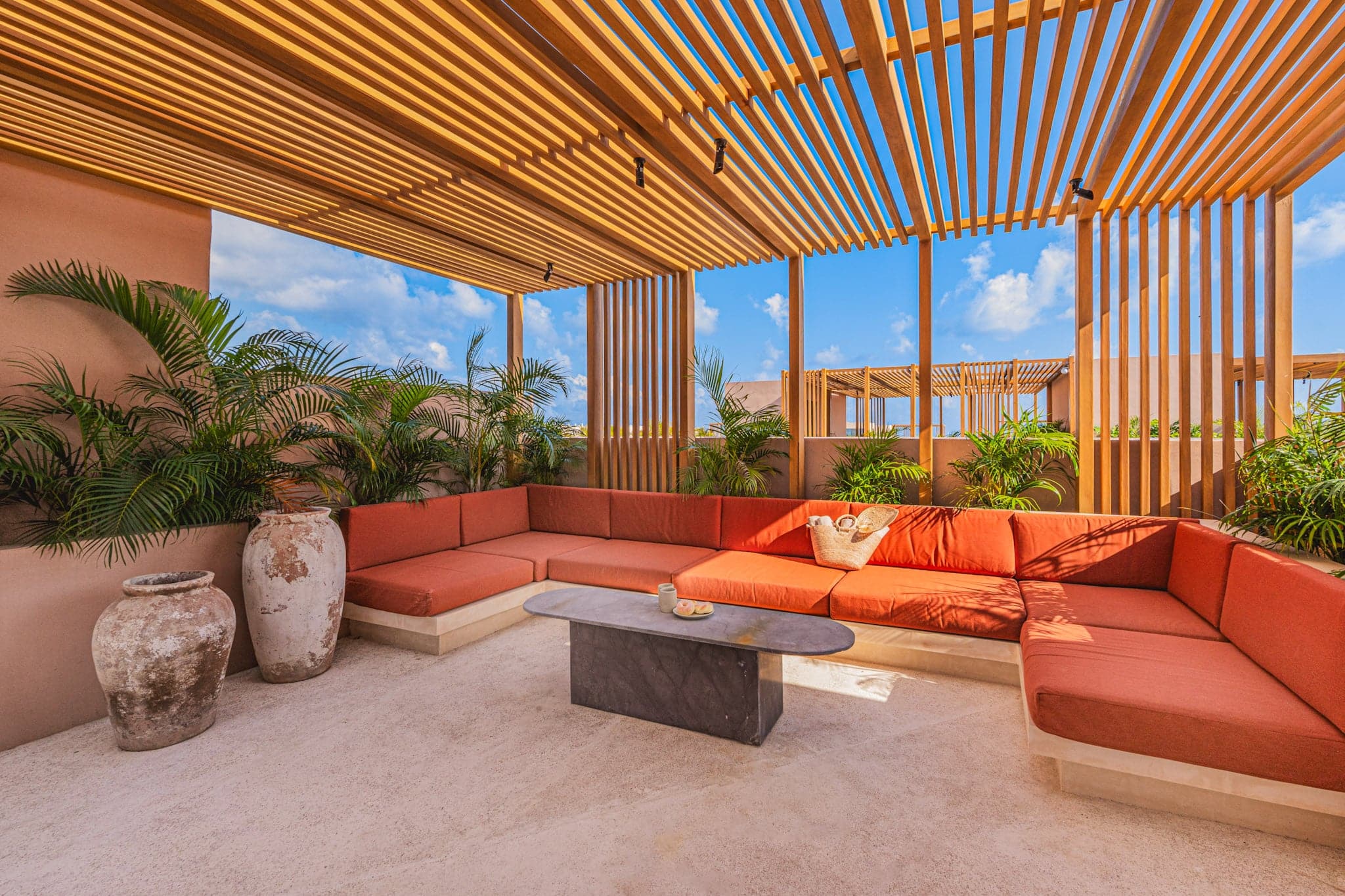
5. Outdoor Spaces Are Everything
In Tulum, guests spend just as much time outside as in. If you’re lucky enough to have a terrace, garden, or rooftop, make it a true oasis.
Essentials for outdoor areas:
- Comfortable seating: Daybeds, hammocks, or loungers
- Shade options: Pergolas, umbrellas, or palapas
- Dining table: For morning coffee or sunset dinners
- Plants: Palms, monstera, and cacti in large clay pots
- Lighting: String lights or lanterns for magical evenings
A well-styled patio can be your most photographed space.
6. Invest in High-Quality Photography
You’ve styled your Airbnb to perfection. Now what? Make sure it shines online.
- Hire a professional photographer who understands interiors
- Shoot during golden hour to capture the warmth of the space
- Show details — textures, lighting, and lifestyle vignettes
- Include outdoor and neighborhood shots
Listings with compelling, natural photos get more clicks, bookings, and better pricing. At Vacation in Tulum, we manage all photography with our in-house creative team.
7. Design for Reviews
Here’s a design secret: the experience is what people remember — and review.
- Provide cozy touches: robes, throw blankets, candles
- Keep your space spotless and clutter-free
- Offer local guides and design-conscious welcome kits
- Think about soundproofing for peaceful nights
- Create Instagrammable corners: a swing chair, a vintage mirror, a breakfast nook
The more beautiful and functional your home, the less friction for guests — and the higher your review score!
Introducing: Interior Design Services by Vacation in Tulum
Decorating a property in Tulum can be overwhelming. Whether you’re remote, unsure of where to begin, or simply want to get it right from the start — we’re here to help.
At Vacation in Tulum, we offer custom interior design services exclusively for property owners looking to launch or upgrade their vacation rentals. Our service is rooted in years of experience managing and marketing high-performing Airbnbs across the region.
What We Offer:
- Full-scope interior design: From layout planning and moodboards to final styling
- Local sourcing & artisan partnerships: Beautiful, durable, and culturally authentic pieces
- Project management: On-site coordination, deliveries, and setup — even if you’re abroad
- Photography & branding: Listing-ready visuals, custom name suggestions, and online appeal
- Optional property management: For those who want a full-service solution
Whether you’re starting from a raw space or revamping an outdated one, we craft interiors that guests fall in love with — and that drive real revenue.
Real Results: What Our Clients Are Saying
“We had a beautiful villa but didn’t know how to translate it into something guests would connect with. The team at Vacation in Tulum turned it into a serene, photogenic sanctuary — bookings immediately improved.”
— Carlos B., homeowner in Aldea Zama
“The interiors are stunning, and the whole experience was stress-free. I live in New York and handled everything remotely thanks to their project management.”
— Amina H., investor in La Veleta
Ready to Elevate Your Airbnb?
Whether you’re in the design phase, remodeling, or looking to optimize your current listing, professional interior design can transform your rental’s potential. In a competitive market like Tulum, where beauty, comfort, and story matter — don’t leave it to chance.
Let us design it right.
Reach out to our Vacation in Tulum design team today for a consultation — and turn your property into one of the most desired stays in town.
Contact Us
Email: info@vacationintulum.com
Website: www.vacationintulum.com/interiors
Location: Based in Tulum | Riviera Maya

